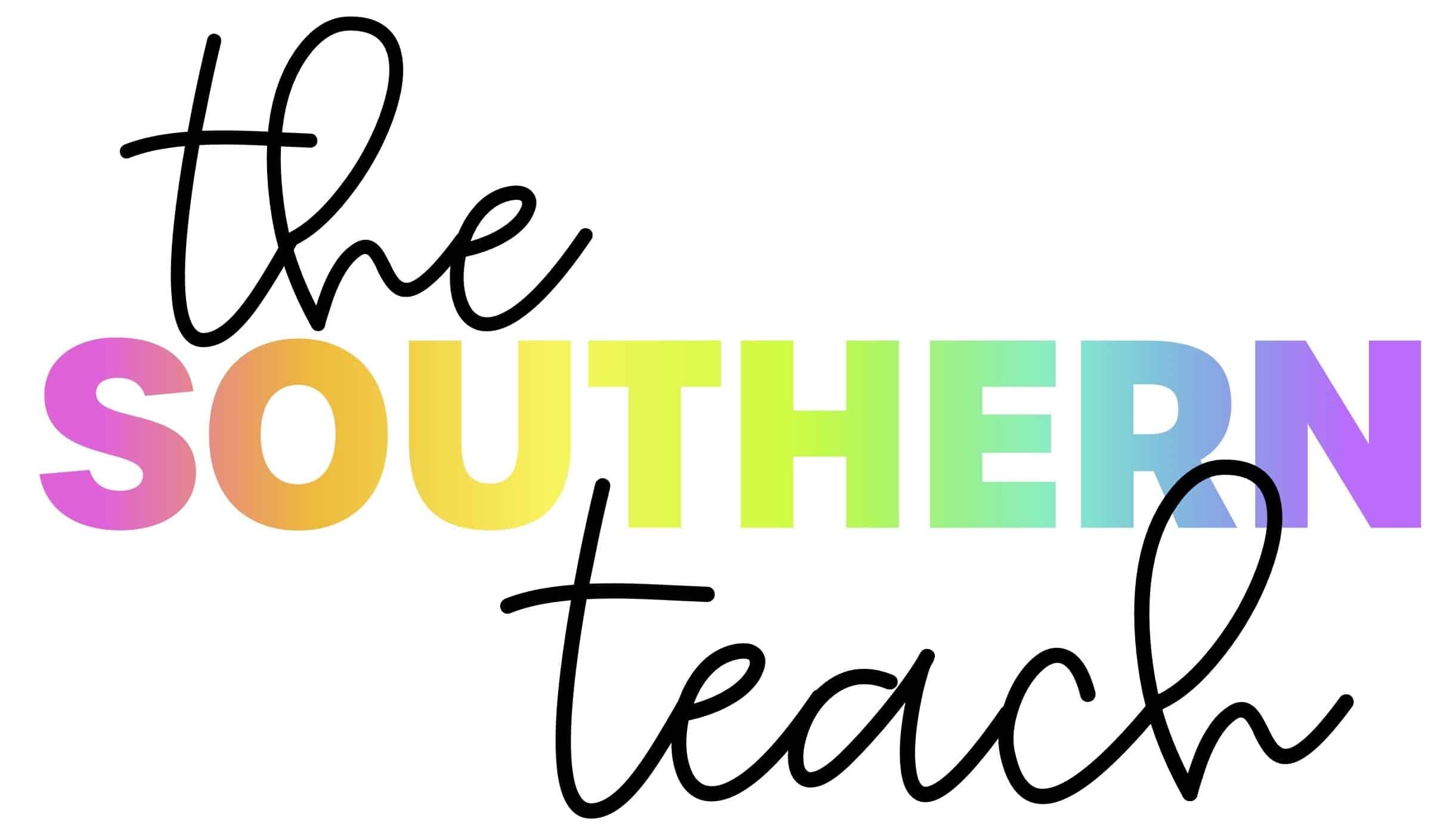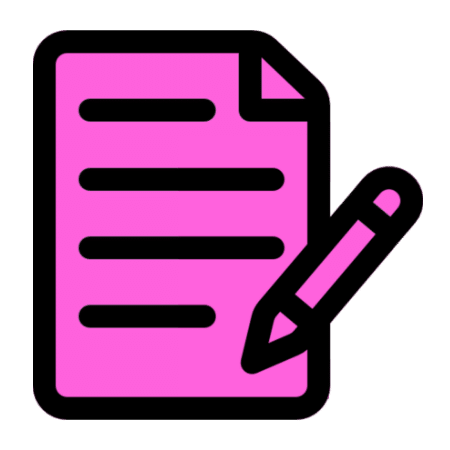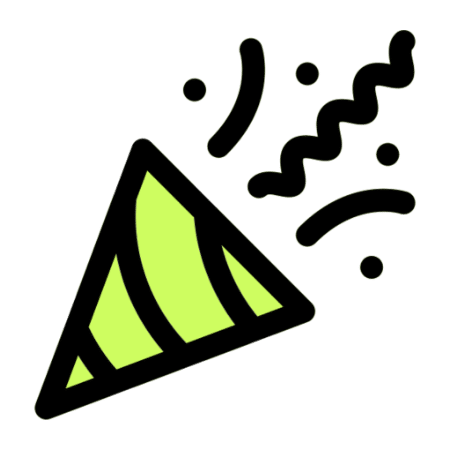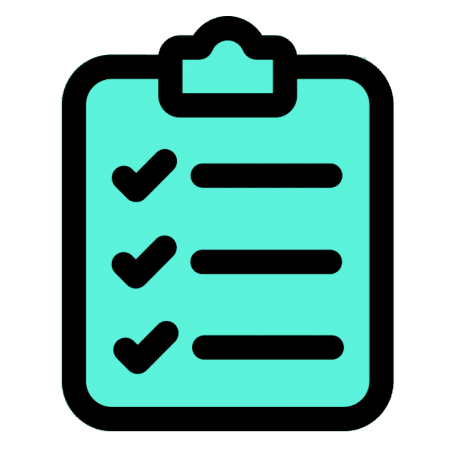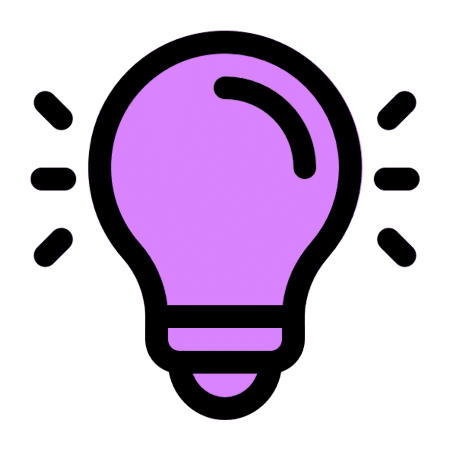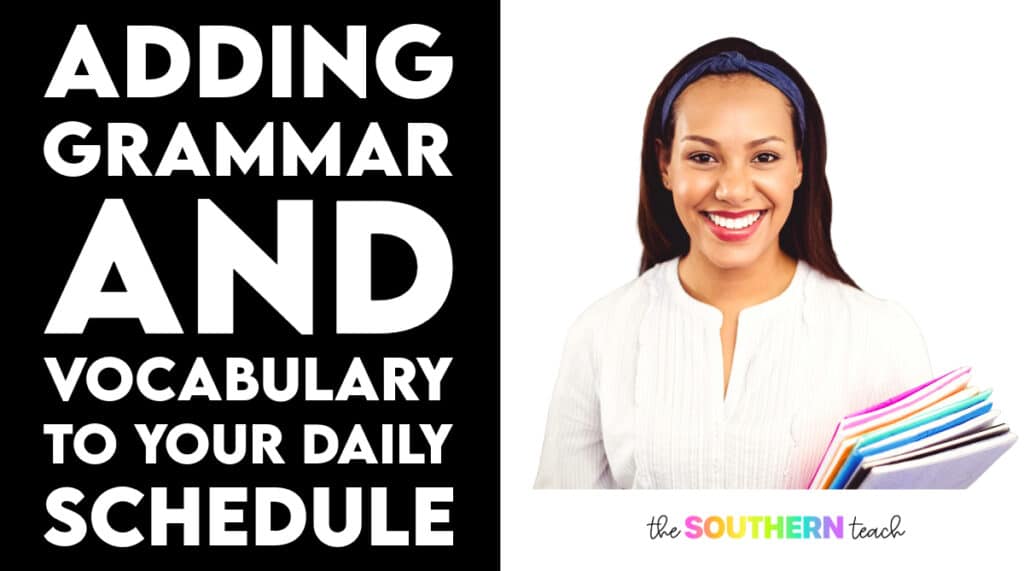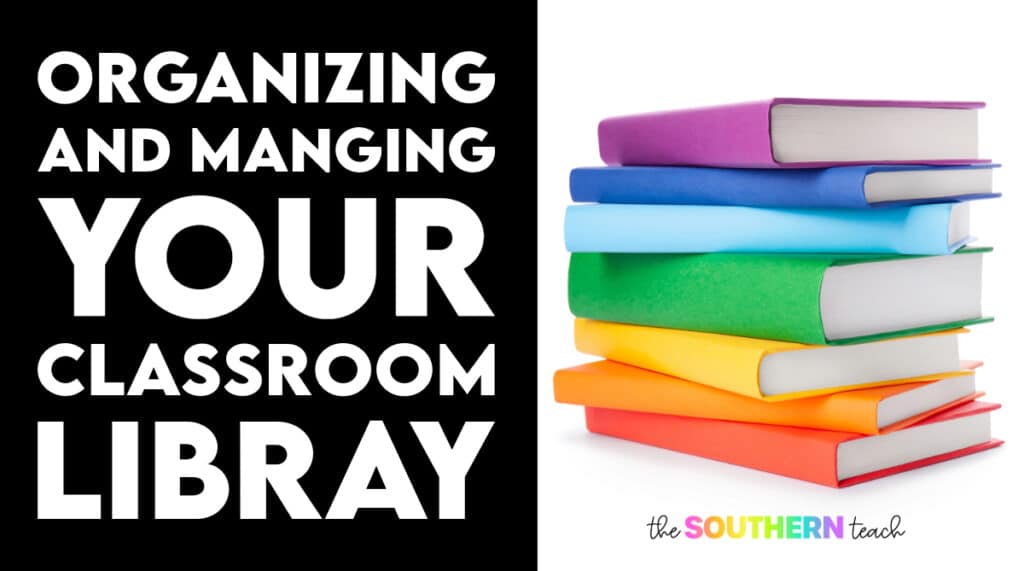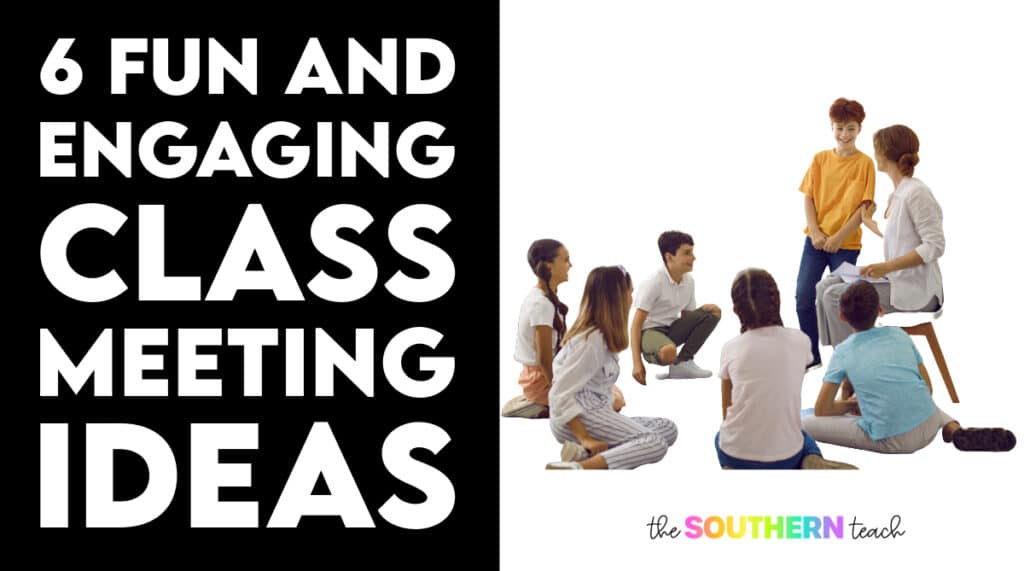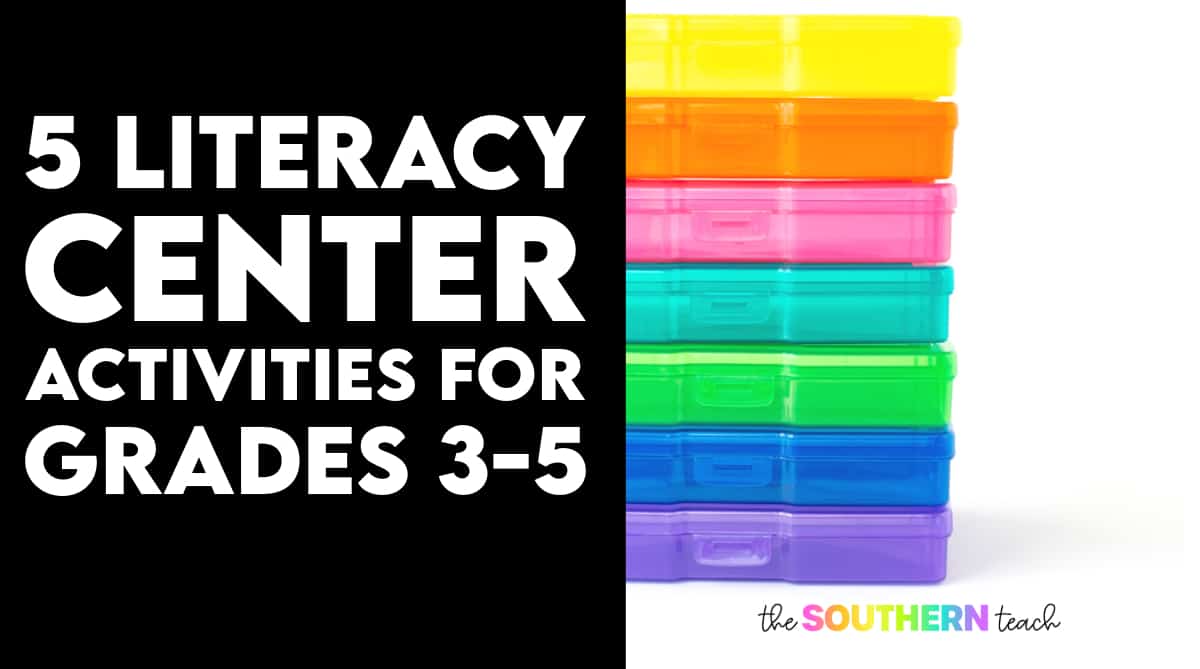
5 Engaging Literacy Center Activities for Grades 3-5
By Kirsten Hammond
Share This Post:
One of my favorite parts of teaching upper elementary ELA is seeing how students master vocabulary, grammar, and comprehension skills over the course of the year.
Even though there are similar concepts that are taught in 3rd, 4th, and 5th grade, I love how standards go more in depth and get more complex!
Literacy centers are an important part of ensuring that all students enhance their English Language Arts skills at their own level and are successful.
I’ll be sharing with you five literacy center activities that are must-haves for the upper elementary ELA teachers!
What are the Benefits of Literacy Centers in Upper Elementary?
Before I share with you my top 5 list of activities for literacy stations, I wanted to share with you why it’s so important in the first place! Literacy centers:
- encourage engagement and cooperative learning
- allow for extra skill practice and mastery
- flexible with grouping and seating
- allow the teacher to easily differentiate with students
Students have the ability to rotate throughout the week to practice concepts learned in whole group lessons. They also have the ability to apply their understanding in a new way!
What Literacy Center Activities Work Well for Upper Elementary?
Here is my list of favorite activities that I love to use with my students in Grades 3-5. These activities are not only rigorous and standards-based, but they can easily be differentiated and are engaging and fun for the students!
These activities can be implemented at the beginning of the year when introducing routines and procedures in the ELA classroom and used throughout the year!
1. Reading Responses
Reading Response activities involve students selecting a book or text of their choice and responding to a menu of questions. Students can respond in a folder or in a reader’s notebook that has been set up at the beginning of the school year.
Response menus can be used throughout the year and encourage confidence and familiarity, especially with learners who need extra support!
Students can also share responses to the class or in their small group.
This make a great literacy center activity because students can read at their own pace and respond to what they are reading. You can check out these reading response menus by genre and response menus by month of the year!
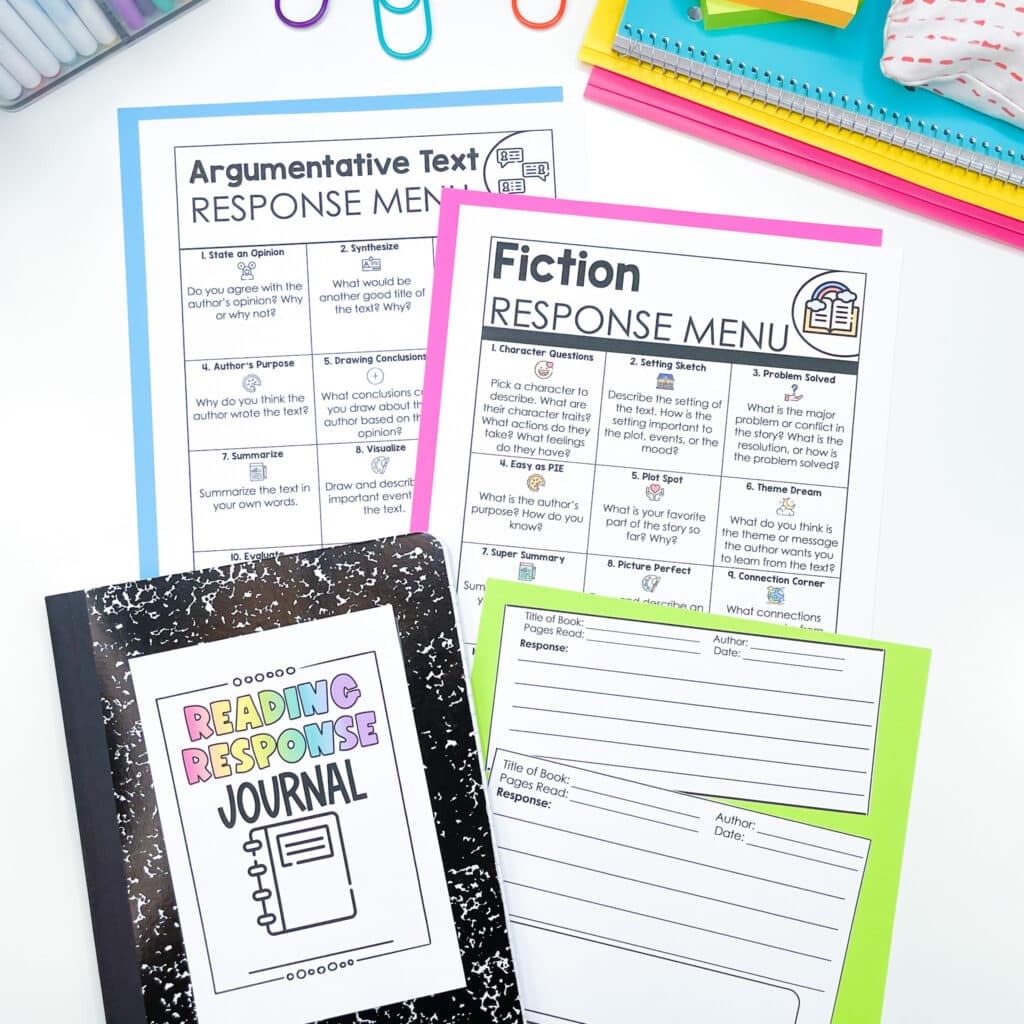
2. Writing Responses
Being able to focus on certain genres of writing such as narrative, informational, opinion, or research/inquiry is a key skill that will encourage students to refine their writing.
With these year-round writing response menus and prompts, you can have your students respond to a variety of topics for every month of the year and encourages students to expand into detail!
There is a menu for students to pick from and a writing page option that includes options to differentiate by adding pictures to support their writing. There is also a checklist on each page to ensure students have important information based on each genre!
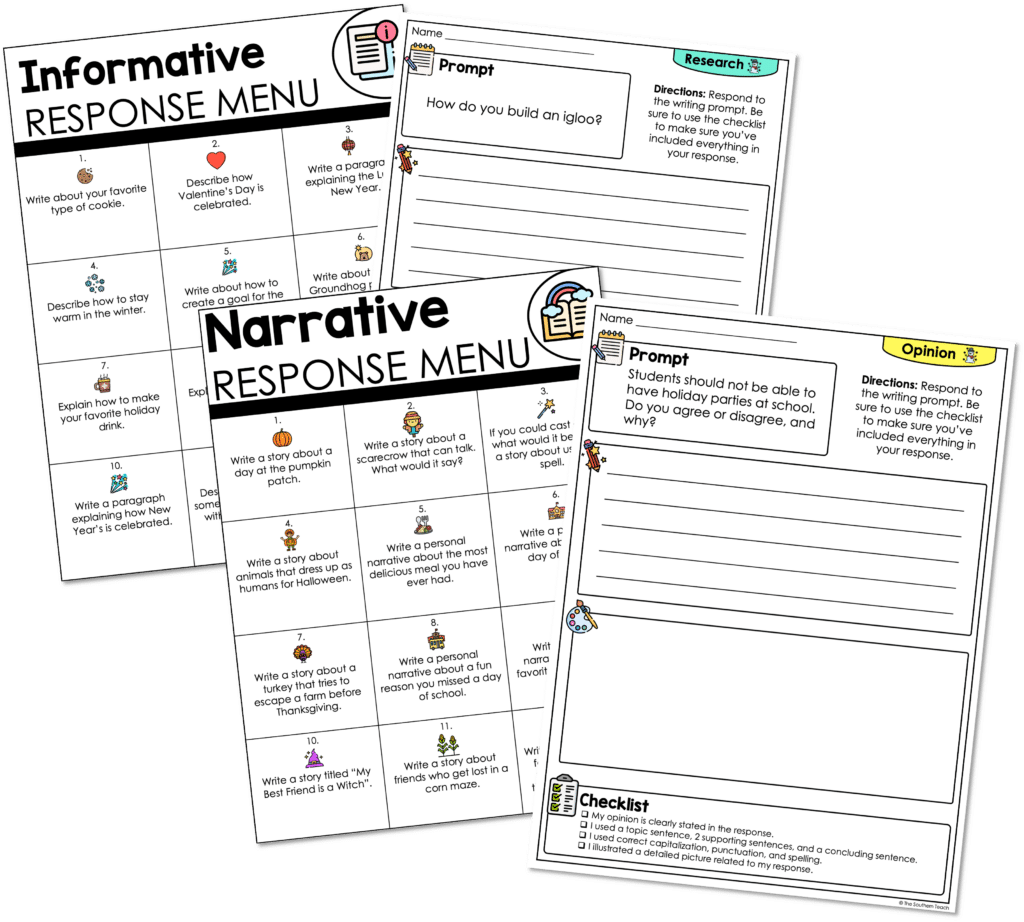
3. Grammar Task Cards
Task cards are one of my favorite activities for students! There are so many positive benefits – students work at their own pace, can work independently or in pairs, and you can make it self-checking!
It’s also a great activity to use during your small group lessons. Grammar is a seemingly small but extremely necessary part of English Language Arts, even more so than before.
This grammar task card bundle is easy to implement and progressively increases in complexity. However, if you need to differentiate, there are 12 question and 24 question recording sheets! There are 18 topics to choose from, so you can assign a task card every 1-2 weeks of the school year!
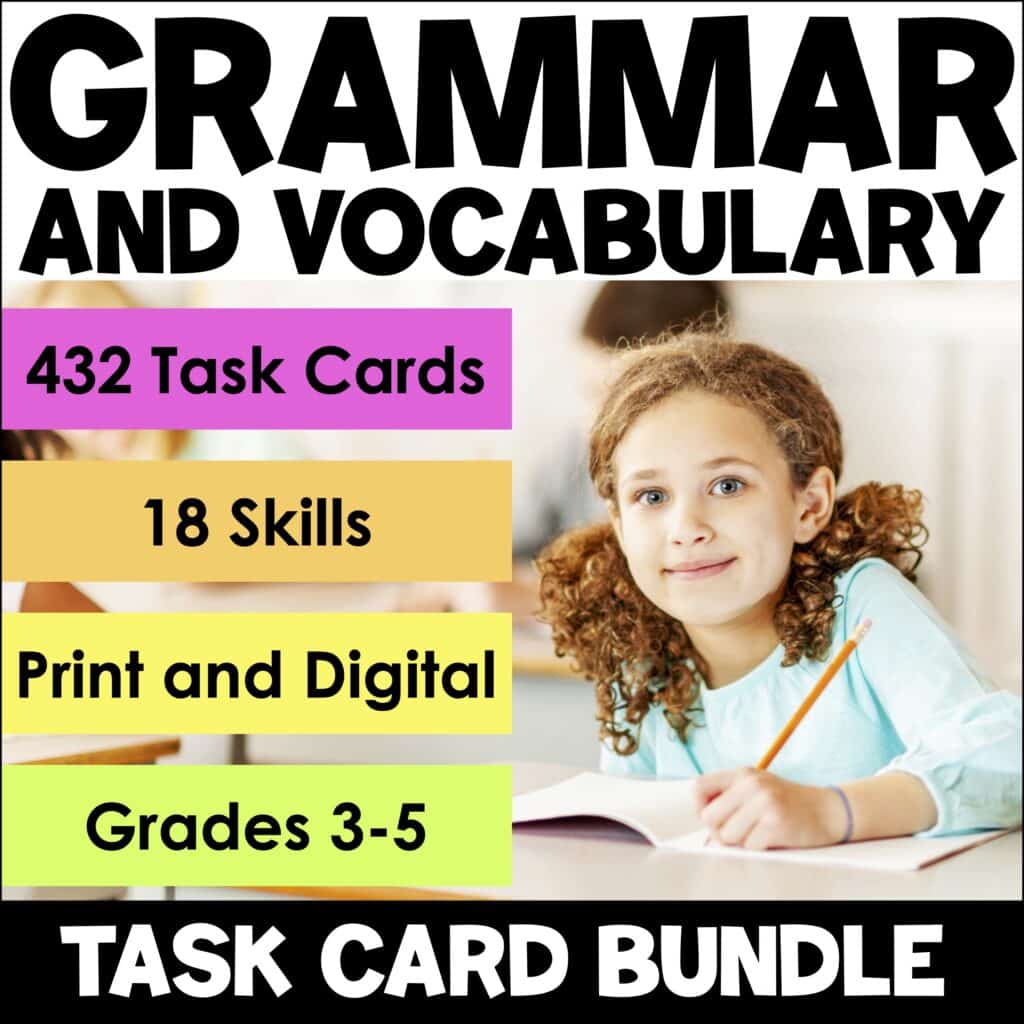
4. Internet Webquests
Webquests are a fun way to integrate research and inquiry skills in your ELA block!
I have an Internet Webquest Bundle that features a variety of topics in social studies and science. What better way to bridge the gap with cross-curricular teaching than with Webquests where students hunt for answers using student-friendly websites?
You can assign this station as an independent activity or where students work with a partner. There’s plenty to assign one (or more) a week!
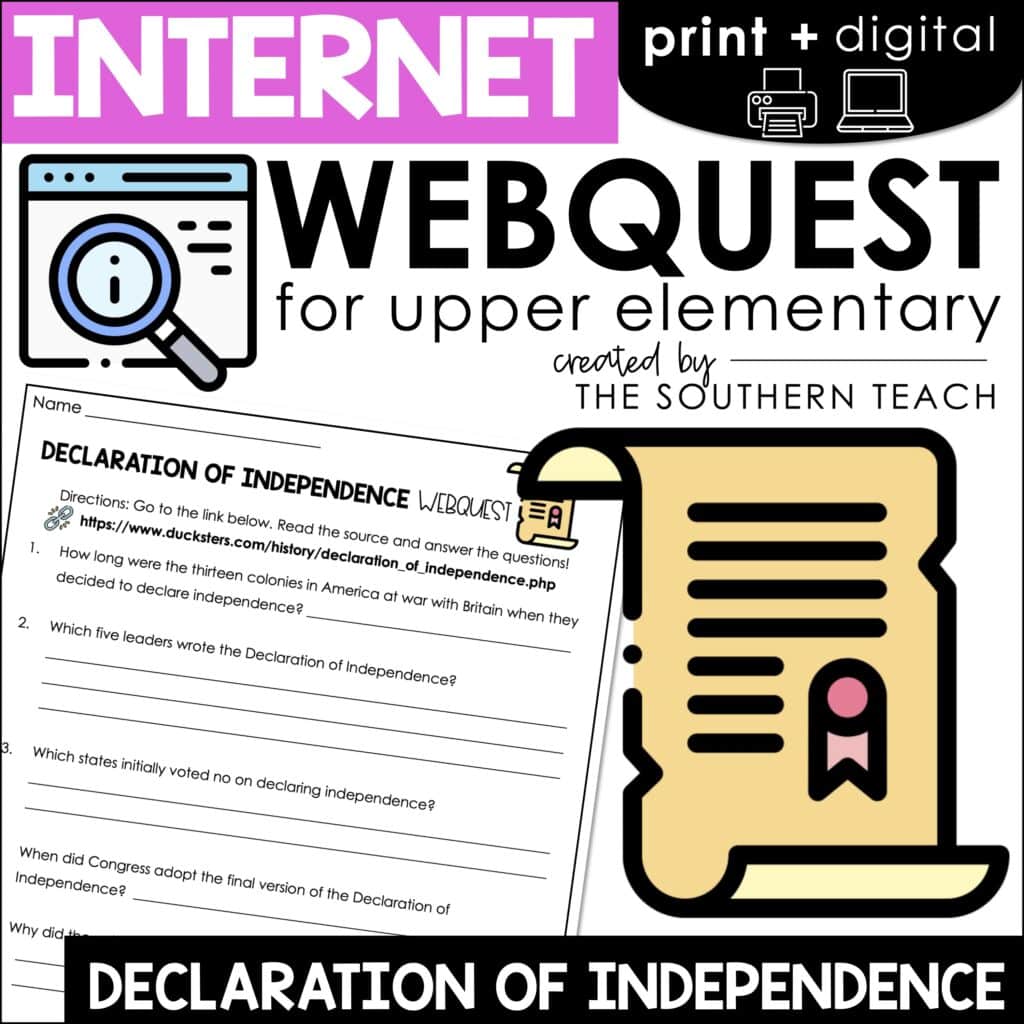
5. Word of the Week
Adding vocabulary instruction to your stations can be easy with Word of the Week resources. You can choose between academic vocabulary tailored for Grade 3, Grade 4, and Grade 5.
Students take the time to learn a vocabulary word and can complete the activities independently. There is a digital version with a link to an online dictionary and thesaurus.
Early finishers can create a product of their choice using the word of the week.
Reward or encourage students who use the word naturally in their conversation or responses during the week!
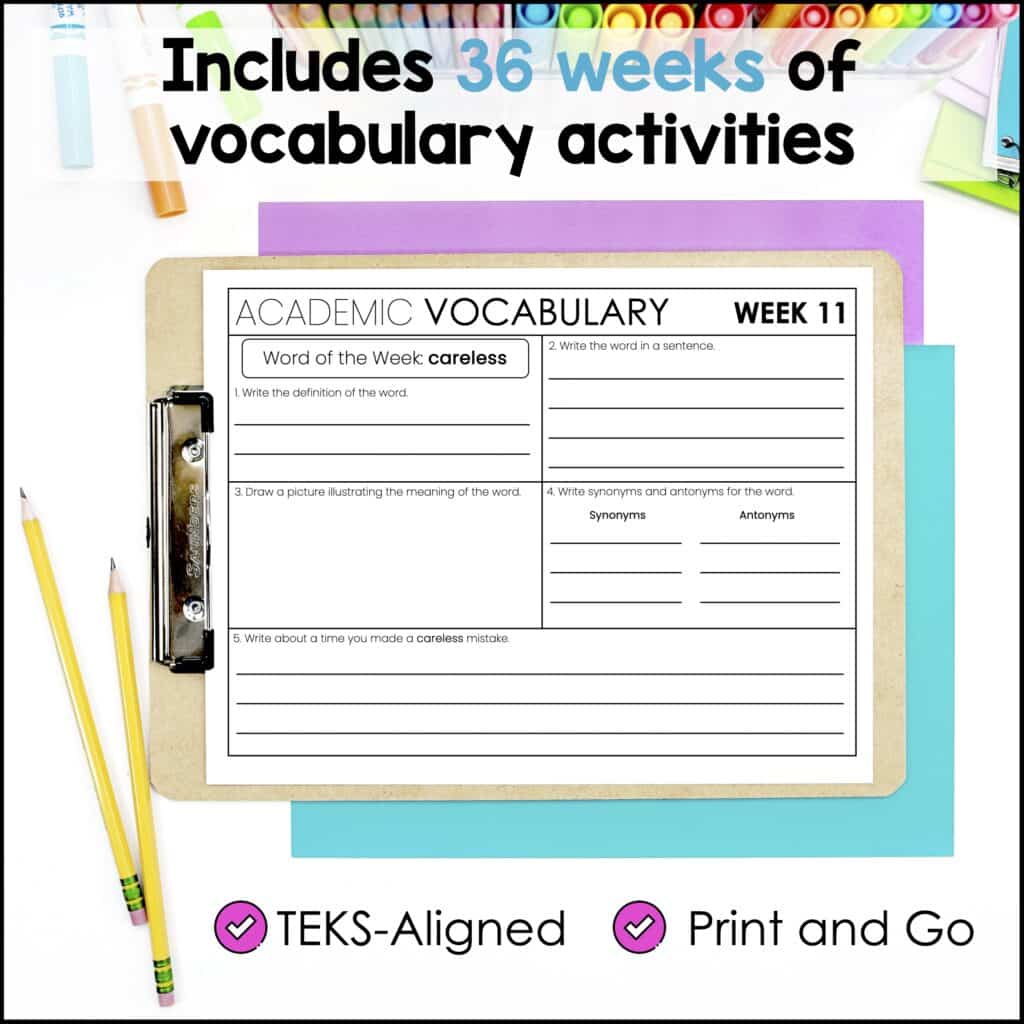
Literacy centers can be fun and easy for your students in upper elementary. Students can look forward to practicing ELA skills each day.
I recommend setting aside 30-45 minutes a day allowing students to work on the stations, but this can be easily integrated in your time block requirements!
kirsten hammond
Kirsten is a former 3rd and 5th grade teacher who loves helping upper elementary teachers by creating resources and sharing ideas that are engaging, research-based, and TEKS-aligned. She is a work-from-home mama of 3 rambunctious little ones and loves running, true crime, and lots of coffee.
